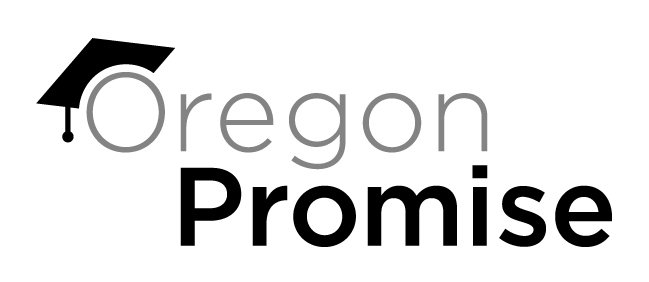The Oregon Promise: Help, if you help yourself

On Tuesday, MHCC hosted two information sessions about the Oregon Promise at the Midland Library in southeast Portland. The college’s goal was to answer and clear up confusion that high-school students and their parents have regarding eligibility requirements. They also discussed how it will affect students enrolling at Mt. Hood.
As we all know, college affordability has become a hot-button issue for several years. Oregon, along with Tennessee, has stepped up in the effort help secure students’ opportunity to afford college.
The state Office of Student Access and Completion has set up an initiative this year, called the Oregon Promise. Oregon Promise helps eligible new high school graduates and GED completers afford community college, but it doesn’t just write off their tuition.
One of the common misconceptions about The Oregon Promise is that it simply supplies students with free college. Its real mission is to step in and fill the gap where FAFSA and other state and federal grants fall short of meeting students’ needs.
As you might expect, there is a lot of work required to become eligible. To break it down, students must enroll nearly immediately – within six months after graduating or completing their GED. They must be proactive in taking the right classes and preparing a schedule in which they will earn a community college degree in a timely manner. They must keep a 2.5 or higher GPA of 2.5 and must accept each state or federal grant awarded to them, as this may effect how much they are awarded through Oregon Promise. While eligible community college students will receive at least $1,000 dollars annually, there is a $50 co-pay per term.
Combined with existing financial aid, Oregon Promise dollars could free up students’ money to spend on other needs besides tuition, such as books, rent, and food. Oregon Promise has a cap budget of $10 million for 2016-17, a realistic amount to spend on a new program.
What sets Oregon Promise apart is that it offers aid to all students – none are barred by race or economic background. Nevertheless, the state may tighten the reins on the specifications for students they can support in the future.
It’s also important to keep in mind that the Oregon Promise is more like a covenant, or a two-way commitment. To receive the free aid, students must take the first initiative to secure any opportunity.
Unfortunately, current students at MHCC and other community colleges are not eligible, but if you happen to know seniors in high school or someone just completing their GED by next spring or summer, remind them of their role. If you’re a parent, mentor or adviser of an eligible student, keep encouraging them to turn in their application on time.
The application is available Online at Oregon Promise.org from now until March 1. Make sure they know to submit their FAFSA for 2016-2017 this January and to make sure their grades are up to par when they send in their transcript.
One speaker at the Tuesday information session, Sharon Juenemann, Director of TRIO College First at Mt. Hood, said the Oregon Promise rules may seem overwhelming, but getting started really isn’t.
“It’s a very easy application (online). It’s about five steps,” she told the Advocate.
Juenemann stressed the importance of asking questions, during the process. She said that since this is a new endeavor on the state’s part, they will carefully consider each question anyone brings forth. For any eligible student, the best advice would be to, first and foremost, ask questions in order to know what’s expected and then meet those expectations.
It’s important to be in regular contact with those who know the information, as The Oregon Promise is still in its formative stages and its technicalities are still developing.
Questions on the Oregon Promise can be directed to staff at the MHCC Orientation Center, in Room AC 1002, or to TRIO, located downstairs beneath the Student Union.

Leave a comment